Visitors to UCLA soon will be able to step back in time, to an era when Cesar Chavez Avenue was named Brooklyn Avenue, the delicatessens sold pickles out of barrels and Yiddish was a commonly spoken language.
The UCLA Alan D. Leve Center for Jewish Studies is celebrating its formal renaming and dedication with an exhibition devoted to the Jewish community of Boyle Heights from the 1920s to the 1950s.
“From Brooklyn Avenue to Cesar Chavez: Jewish Histories in Multiethnic Boyle Heights” will be open at UCLA’s Royce Hall for a short run from Nov. 6-9. The pop-up exhibition will include a screening of the recent documentary “East LA Interchange” on Nov. 6, followed by a conversation between director Betsy Kalin and former Boyle Heights residents Leo Frumkin and Don Hodes.
UCLA’s Center for Jewish Studies changed its name in March 2015 after receiving a $5 million gift from Alan D. Leve, a UCLA alumnus and the founder and president of Culver City-based Ohmega Technologies. Leve’s grandmother, Hinda Schonfeld (born Hinda Schacter), who died in 1941, was a beloved figure in the Jewish community of Boyle Heights. Leve’s parents and grandparents lived in Boyle Heights beginning in the late 1920s and were members of the Breed Street Shul, and Leve was born in the neighborhood.
The UCLA endowments funded by Leve are meant to support undergraduate awards, graduate fellowships, and travel and research grants in Jewish studies. In addition, part of the gift established the Hinda and Jacob Schonfeld Boyle Heights Collection, whose launch is being marked by the current celebration. It will collaborate with the UCLA Library to gather and preserve artifacts and ephemera related to the history of Boyle Heights.
“We seek out hidden reservoirs of materials and memories out in the community, and really try to place those historical materials in context, so that we are not only delivering easy access to those materials but we’re engaging them through scholarly questions,” said Caroline Luce, chief curator for UCLA’s Mapping Jewish L.A. project.
The upcoming exhibition is part of the broader Mapping Jewish L.A. initiative, which has tracked how Jews have shaped the landscape of Southern California and how the region has impacted the Jewish community.
In the 1930s, Boyle Heights was home to roughly 10,000 Jews, about a third of the city’s Jewish population and the highest concentration of Jews west of the Mississippi. But the population was also integrated in the community. It was one of the most multiethnic and diverse neighborhoods in Los Angeles, and anywhere the country, with large concentrations of Mexican, Japanese, Armenian, Italian, Russian and African-American residents.
One of Luce’s ongoing projects is a mapping of the 1930 census in Boyle Heights to track residential patterns. Her research looks both at the Jewish history of the neighborhood and “how that diversity shaped and informed that Jewish history in ways that made it distinct from other immigrant neighborhoods elsewhere,” she said.
Another focus of the research that will appear in the exhibition is on health-seeking immigrants. Patients from around the country flocked here in search of relief from rheumatism, asthma and tuberculosis. City of Hope and Cedars-Sinai Medical Center both started as Jewish hospitals for tubercular patients. And before merging with Cedars of Lebanon, Mount Sinai hospital built an outpatient clinic in Boyle Heights, just a block from the Breed Street Shul.
Boyle Heights also was known as a hotbed of radical activism, with socialist, communist and anarchist thinkers and labor organizers living there. During the crackdown on communist-affiliated groups in the 1950s, many of these radicals destroyed any incriminating evidence. Luce says that has presented challenges in telling the story of the Jewish experience of Boyle Heights through surviving artifacts.
“Unfortunately, a lot of the stuff doesn’t get in there,” she said, “because there just aren’t historical documents and archival records that would allow us to tell those stories.”
“From Brooklyn Avenue to Cesar Chavez: Jewish Histories in Multiethnic Boyle Heights” includes displays relating to three organized protests in the neighborhood. One of them, in 1945, was organized to protest notoriously anti-Semitic and white supremacist preacher Gerald L.K. Smith, who was given a permit by the Los Angeles School Board to speak at Los Angeles Polytechnic High School. Frumkin, who was one of the student organizers, will speak at the UCLA exhibition.
Among the artifacts that will be on display at UCLA are a Yiddish typewriter used to write articles for a communist Yiddish newspaper called Morgen Freiheit (Morning Freedom), the shtender (pulpit) from the Breed Street Shul, and a letter from actress Mae West, who gave money in the 1940s to the Los Angeles Jewish Home, whose first permanent structure was in Boyle Heights.
Luce pushes back on the commonly held belief that Jewish residents of Boyle Heights were poor, unskilled immigrants who only spoke Yiddish. Many had already been in the United States for a decade or longer before settling there; they came with a fluency in English, enough wealth to buy homes in the hills of City Terrace, and soon became small-business owners or skilled craftsmen, she said.
“Life in Boyle Heights often involved home ownership, ownership of cars, and in some way it was more like life in the suburbs than it was like life in the densely crowded, urban, industrial neighborhoods where many of the Jewish immigrants who settled there had come from,” Luce said.
While Yiddish was a common language among Jews in the neighborhood, many could get by just fine with English. Continuing to speak their mama loshen, their mother tongue, and sending their children to Yiddish-language schools “was something very vital and important to them, to be preserved and maintained and cultivated,” Luce said. The popularity of Yiddish literature and Yiddish social clubs in Boyle Heights had more to do with maintaining a group identity, she said.
Also on display will be a sample of the petition that was sent to the city in 1954 to protest the route of the Golden State Freeway, written by a woman who had lived in the neighborhood since 1881. The signatories include people from a variety of ethnicities. Their appeal was rejected, and all of their homes were bulldozed and their families displaced.
Freeway construction eventually displaced some 10,000 residents of Boyle Heights. The post-war era saw an exodus of Jews and other groups from the area, as racially restrictive housing covenants in previously all-white neighborhoods began to lift. From 1940 to 1955, the Jewish population in Boyle Heights declined by more than 72 percent.
The UCLA exhibition explains how the exodus from Boyle Heights caused the property tax base of the neighborhood to plummet. But just as the neighborhood banded together to oppose Nazism and fascism in the 1930s and ’40s, the mostly Latino residents of Boyle Heights joined together in the 1980s and ’90s to fight urban renewal projects.
In 1994, Brooklyn Avenue was renamed Cesar Chavez Avenue, a signal that the Jewish era of the neighborhood was over. But even the new name hinted at the past. Chavez was trained as an organizer by the Community Service Organization, a Latino civil rights group that was established and funded with support from Jewish radical Saul Alinsky. It’s these types of stories, researched by Jewish studies scholars at UCLA, that illuminate the history of Boyle Heights — and of L.A.’s Jewish past.
“From Brooklyn Avenue to Cesar Chavez: Jewish Histories in Multiethnic Boyle Heights” will be held Nov. 6-9 at UCLA’s Royce Hall. For more information, visit this story at jewishjournal.com.
This article was made possible with support from California Humanities, a nonprofit partner of the National Endowment for the Humanities. Visit
Did you enjoy this article?
You'll love our roundtable.
Editor's Picks



What Ever Happened to the LA Times?

Who Are the Jews On Joe Biden’s Cabinet?


No Labels: The Group Fighting for the Political Center
Latest Articles
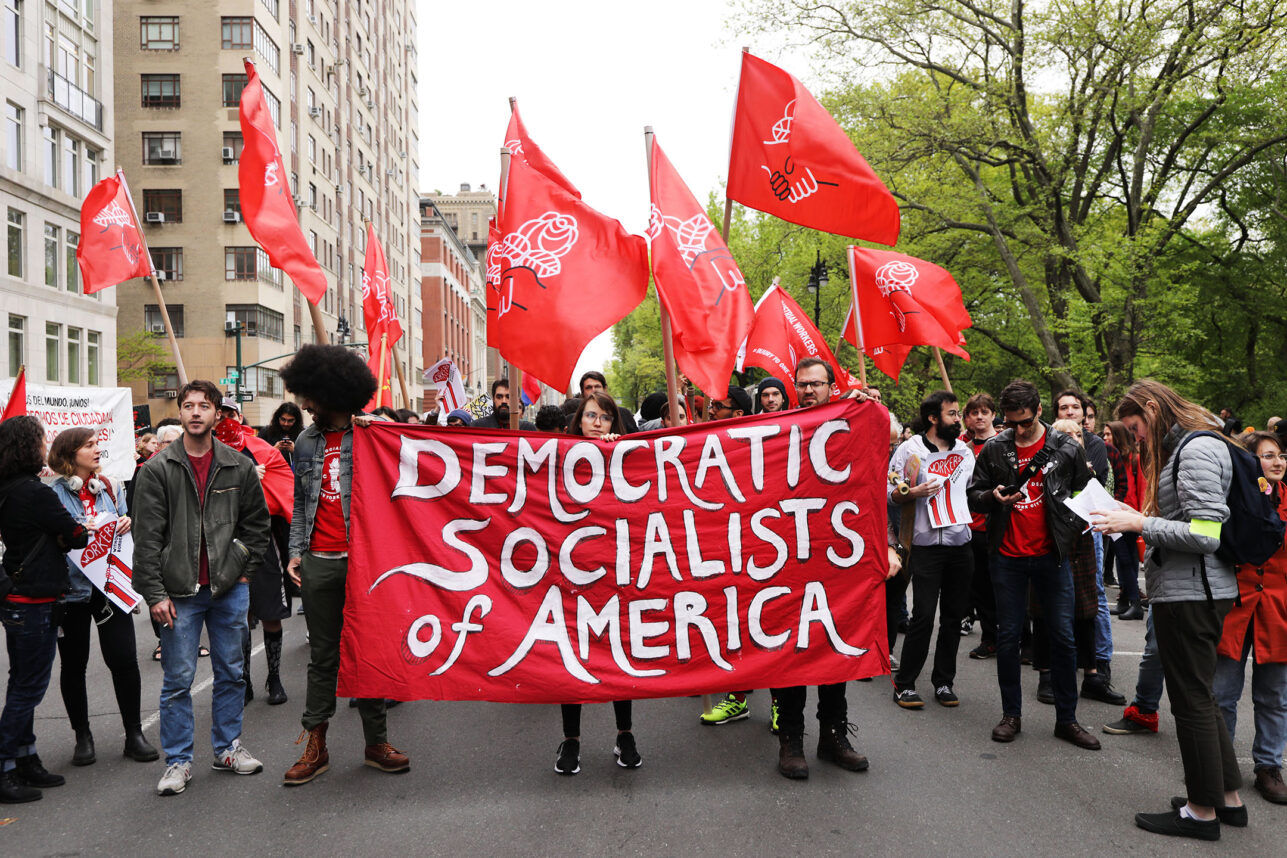
A Better World for Everyone … Except the Jews

Be Afraid, America. Be Very Afraid.
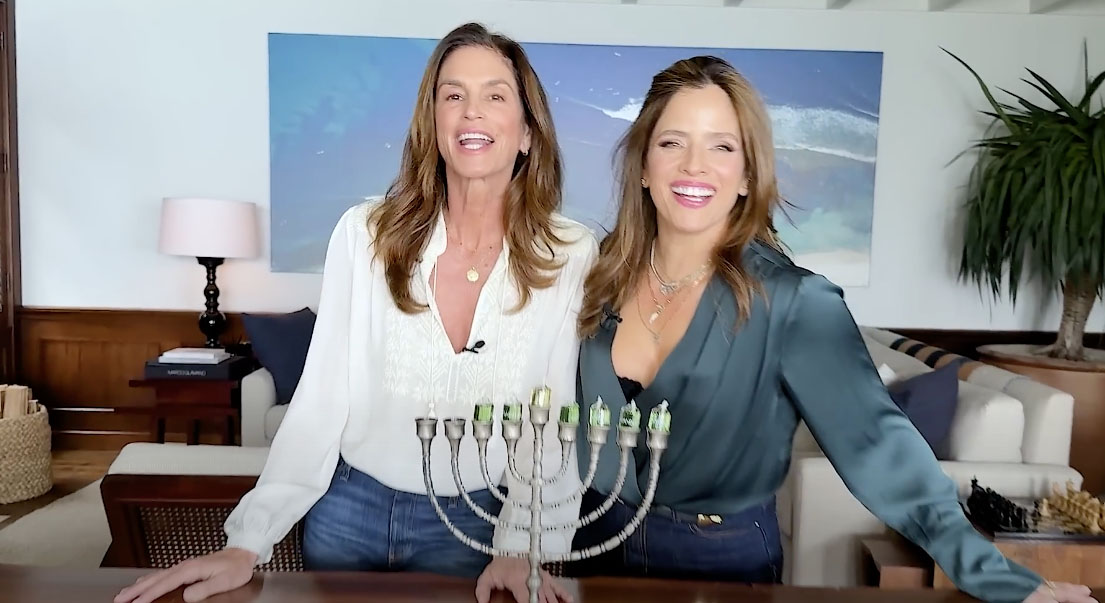
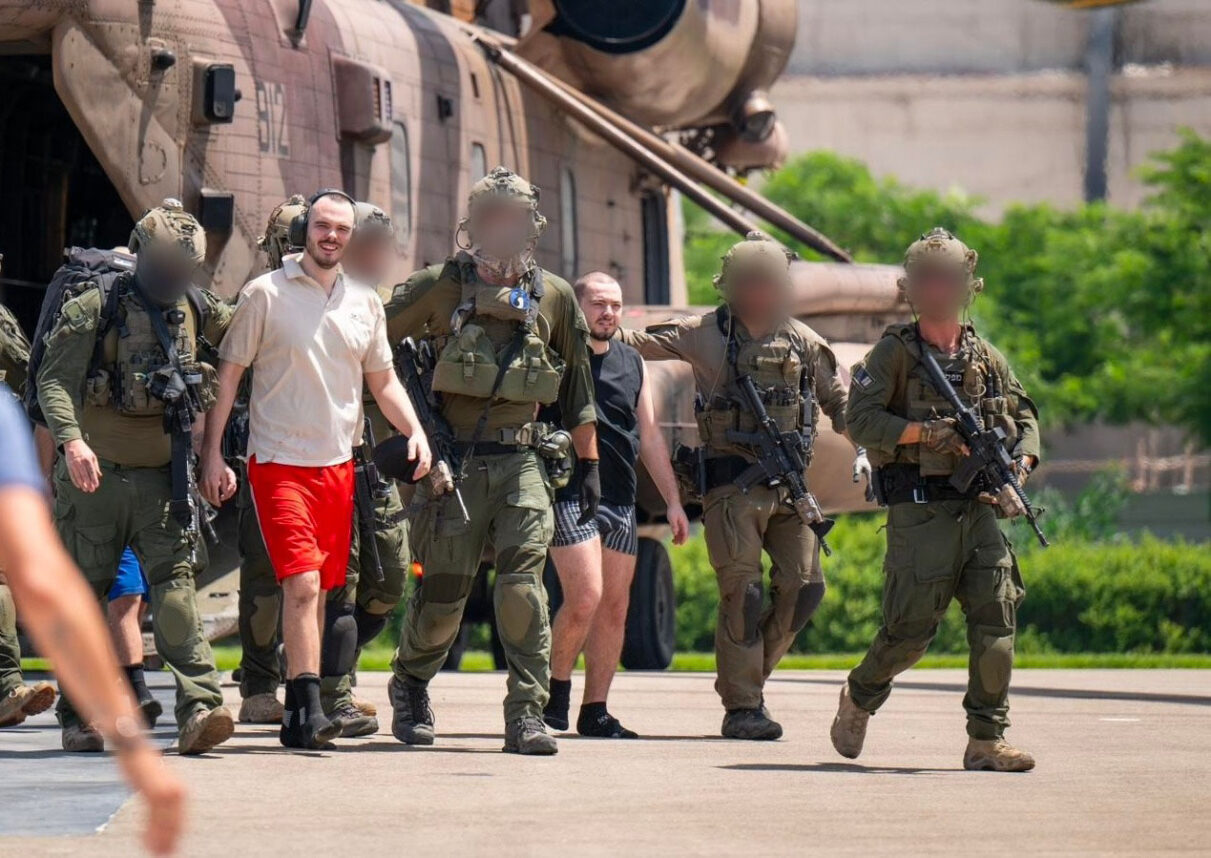
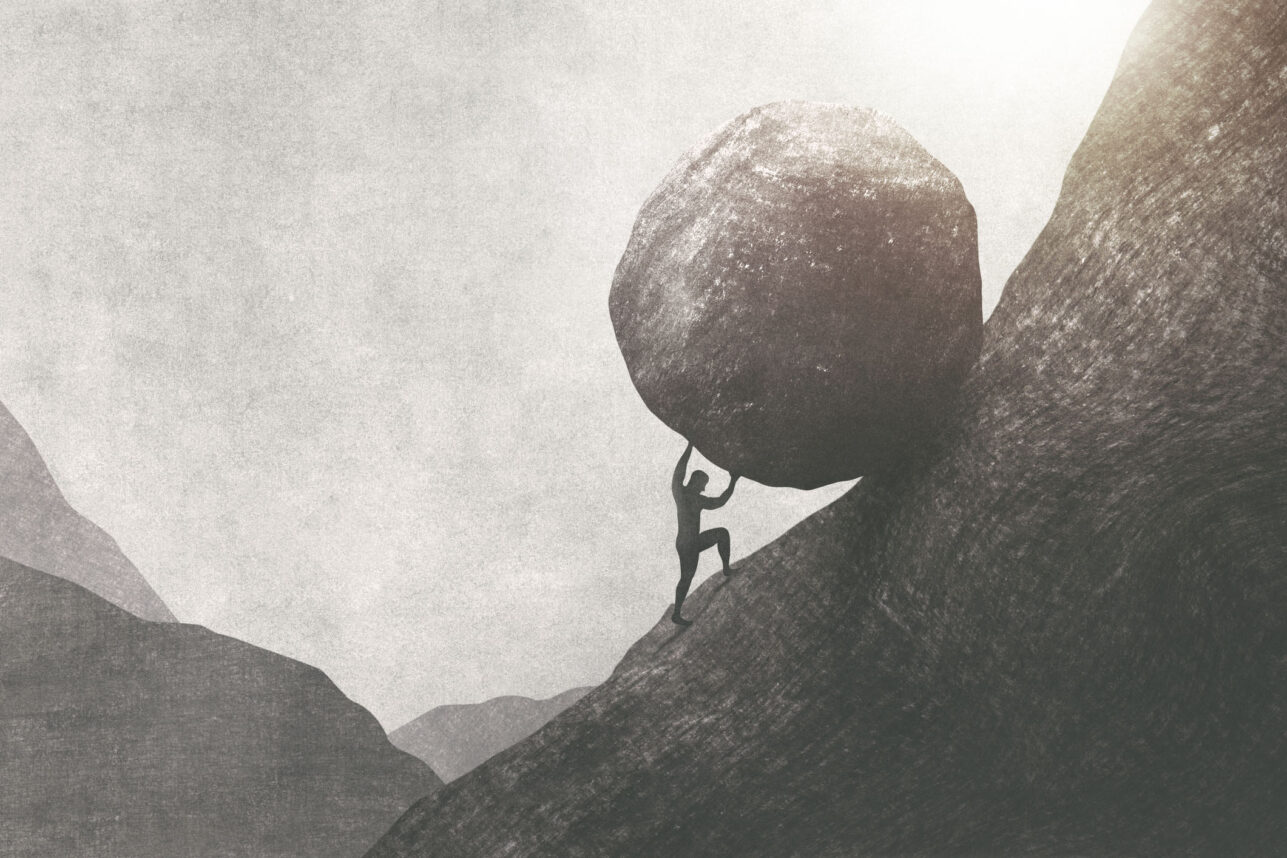
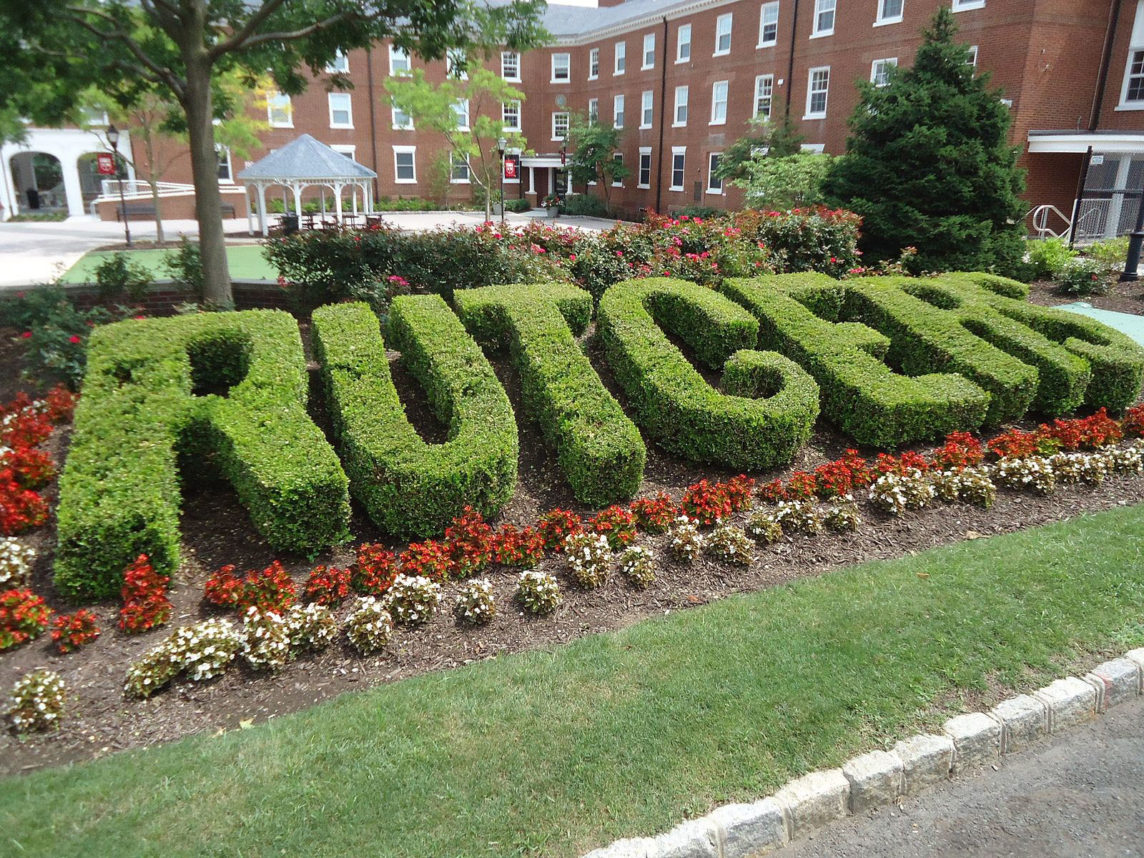
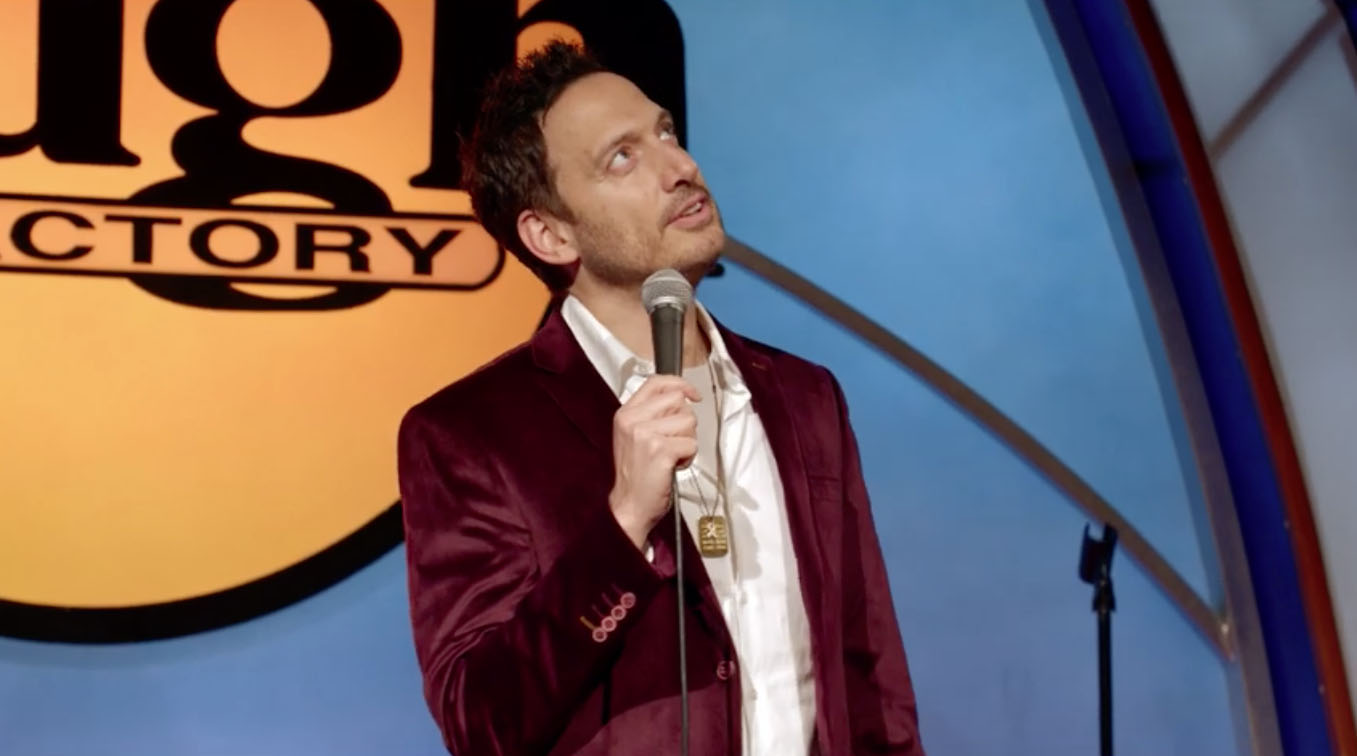
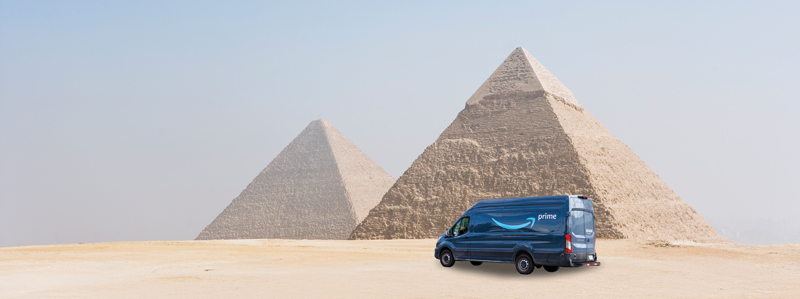
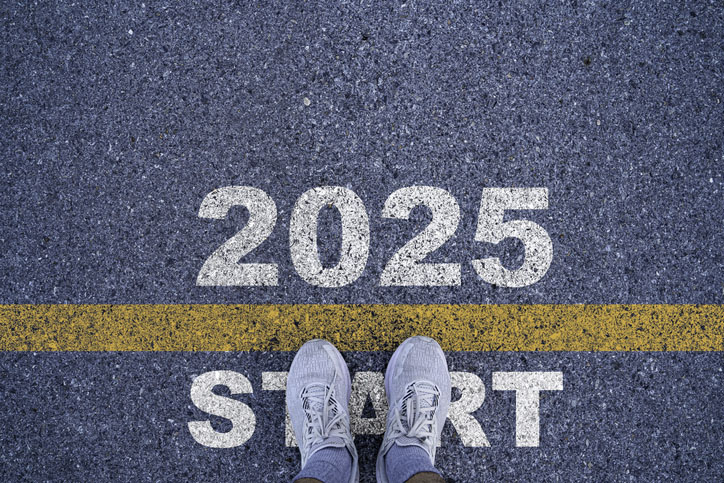





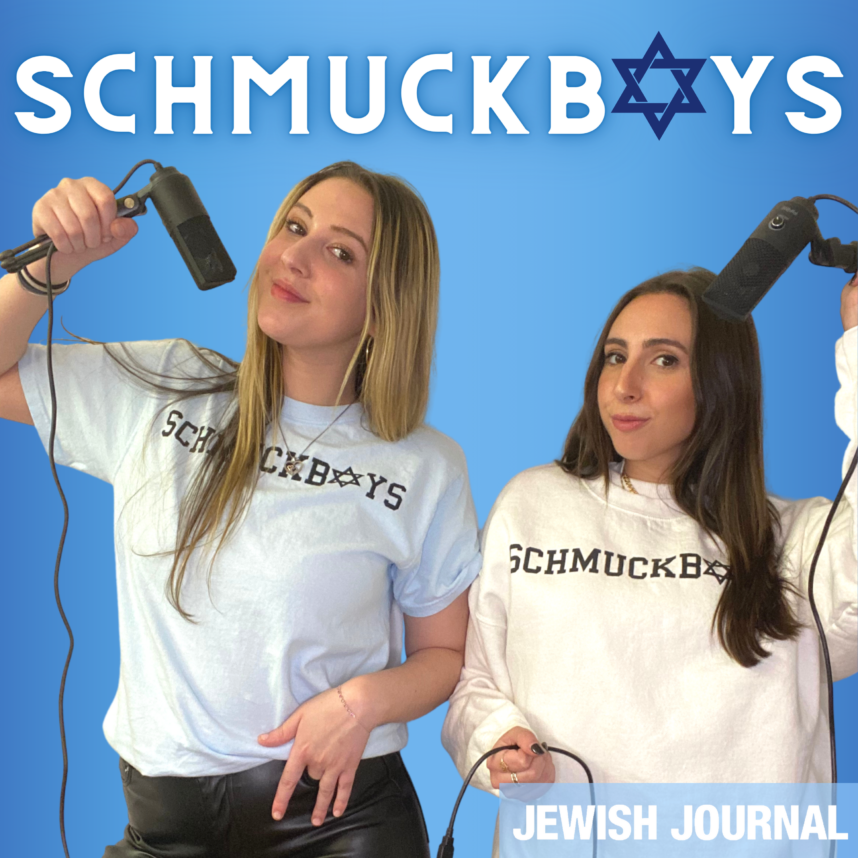
 More news and opinions than at a Shabbat dinner, right in your inbox.
More news and opinions than at a Shabbat dinner, right in your inbox.